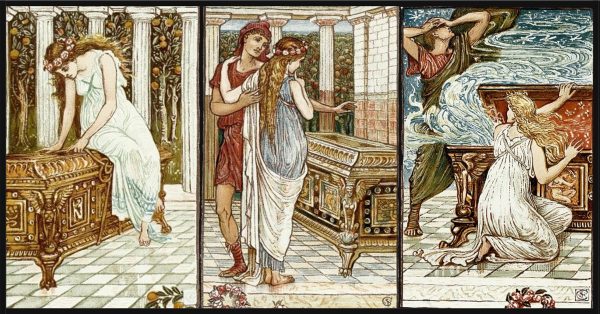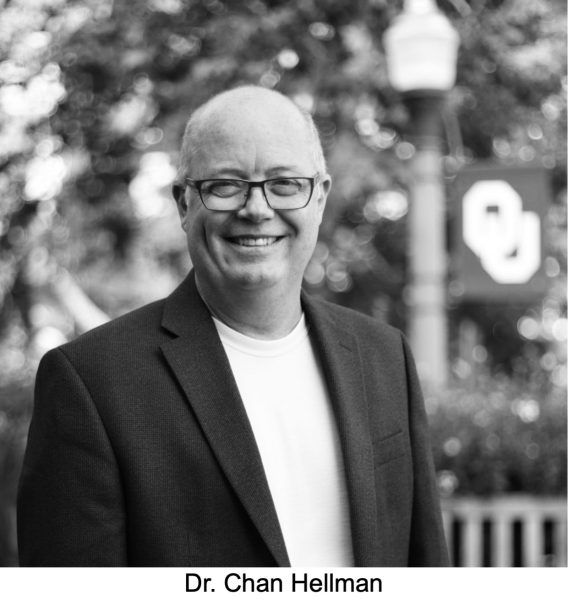I was recently asked to keynote the Princeton Community Works annual convention, where hundreds of nonprofits and all sorts of do-gooders gather to learn how to deepen their impact. This year’s theme: Making Hope a Reality.
When I heard that theme, I thought, “OOOOH!” I immediately accepted the offer. I was hooked. It felt good. Hope. A keynote about hope. I went to sleep that night imagining spirits lifting, creativity blossoming, angels singing. In the morning I had a bit of a hope hangover.
As I read through the headlines on NPR.org, a familiar feeling of “Ugh. Everything is terrible” sank down in my gut. How am I supposed to talk about hope if I’m not feeling any? A few hours later I asked a friend for advice, but, instead, I got a warning. “Did you know that in Greek mythology, hope is one of the things inside of Pandora’s box?” You know, hanging out with sorrow, disease, vice, violence, greed… your basic miseries. The Greeks were not the only ones to tie hope to calamity. In our modern mythology, created out here where I live in Hollywood, here is a smattering of how we talk about hope:
A few hours later I asked a friend for advice, but, instead, I got a warning. “Did you know that in Greek mythology, hope is one of the things inside of Pandora’s box?” You know, hanging out with sorrow, disease, vice, violence, greed… your basic miseries. The Greeks were not the only ones to tie hope to calamity. In our modern mythology, created out here where I live in Hollywood, here is a smattering of how we talk about hope:
“Let me tell you something, my friend. Hope is a dangerous thing. Hope can drive a man insane.” The Shawshank Redemption
“Hope is a mistake.” Mad Max, Fury Road
“Hope don’t get the job done.” Roman J Israel, Esq.
“I found freedom. Losing all hope was freedom.” Fight Club
“A little hope is effective, a lot of hope is dangerous.” The Hunger Games
“There is a reason why this prison is the worst hell on earth… hope… I learned here that there can be no true despair without hope.” The Dark Knight Rises
All of a sudden, I’m thinking agreeing to this was a mistake. But even though I was overwhelmed with the dark side of hope, there was still something in me saying, “Hold up, Kirsten. Hope is necessary. Hope is fuel for driving social change. I think hope is awesome, right?”
 Then I found Dr. Chan Hellman’s TedTalk, The Power and Science of Hope. What struck me most was his definition of hope. “Hope is the belief that your future will be better than today and that you have the power to make it so.”
Then I found Dr. Chan Hellman’s TedTalk, The Power and Science of Hope. What struck me most was his definition of hope. “Hope is the belief that your future will be better than today and that you have the power to make it so.”
He says hope is different than wishing, optimism or desire. It isn’t just the belief in something better. Hope requires the pathway to get there. Cinderella is a story about wishing not hope, because, though she desires to go to the ball, Cinderella has no agency to make it happen. It takes a fairy godmother.
Let’s say your organization has clearly illustrated the problem you want to solve with urgency and emotion but hasn’t shown the audience a pathway to the better world you envision. Well, you’ve just depressed everyone. “There’s this problem, but not much we can do about it. Let’s all go home.”
If you want to create communities to participate and advocate for change, building hope is a necessity, and telling stories is the best way to build it.
So, where do we get these stories and how do we tell them? There is a misconception about where hope lives. People think hope is all about the future, but the surprising truth is that hope is found in the past. How do we know we can build a better world? Because we have done it before. And we can tell you that story.
We call these success stories or impact stories. They are the proof that we can create our vision. We have already made the world healthier, more equitable place in partnership with this community, family or individual, and here’s how we did it.
It is essential we tell stories of hope to our communities so they can experience what is possible and join us in making it so. We must tell our stories to each other to prevent burnout. Often in our work we witness overwhelming injustice and need. Stories of hope remind us we can make a difference together. We are already doing it. Let’s even tell our stories to ourselves because sometimes those NPR headlines make us want to crawl under the covers.
It may sound like chicken-and-egg logic, but when we tell stories of hope, we create hope. That hope gives people the power and will to create positive change. Which creates more stories of hope. Not sure where the cycle starts and ends, but I’d sure like to be in that cycle. Wouldn’t you?
If you want to learn more about how to craft these stories, then, my friend, you are in the right place.
